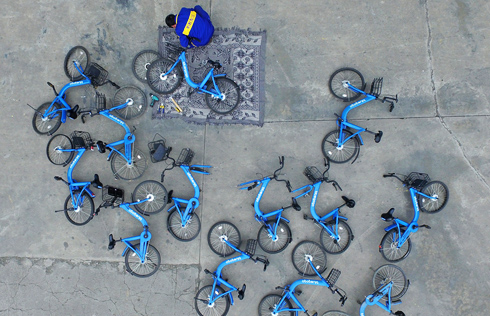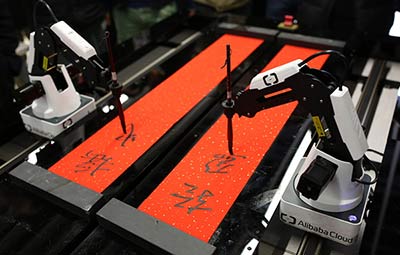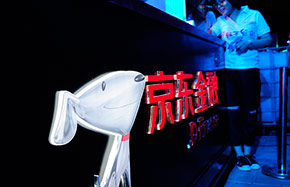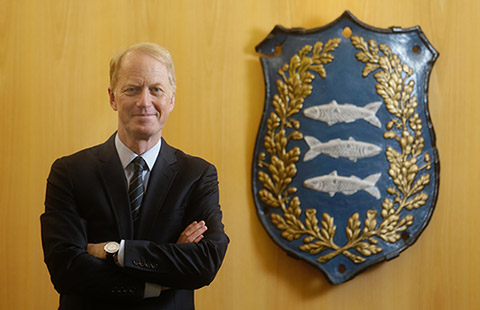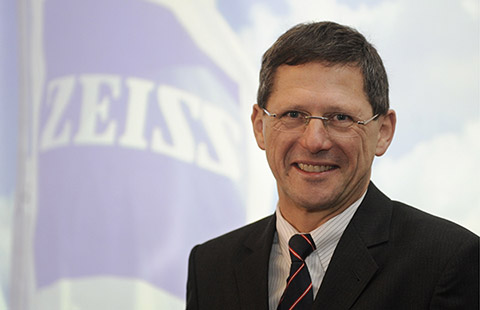Sky's the limit for business aviation
Hanhua, which made its first business flight in July 2012, has two Bombardier Challenger 300 aircraft and about 70 percent of its clients are private entrepreneurs.
Donghai Jet Co Ltd, based in Shenzhen, in the south of Southern China's Guangdong province, runs six business jets and each of those are in the air for around 10 hours a week, said Zhou Xiaoxiao, the deputy manager of its marketing department.
Zhou said its clients are mainly private-owned energy businesses.
Hanhua and Donghai say they are both optimistic about prospects for the business aviation market.
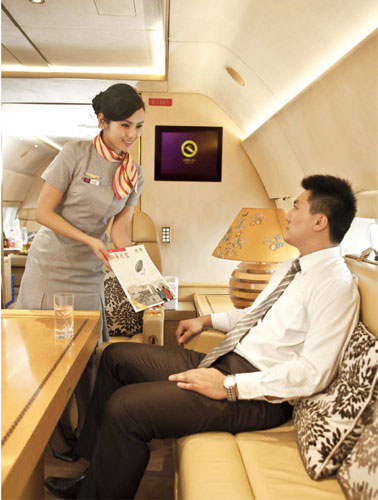 |
|
A flight attendant in a business aircraft runing by Deer Jet was serving the only passenger in a charter flight. [Provided to China Daily] |
Deer Jet Co Ltd, a subsidiary of air transportation, real estate, retailing, financial solutions, and tourism conglomerate HNA Group, is considered the largest business jet operator in China with 55 aircraft.
It is forecasting that China's business jet fleet will be over 500-strong by 2015, although officials admit the slowdown has had some affect on its levels of business.
"The potential demand for business jets is huge and the market will develop fast, when the economy improves," Deer said in a statement.
However, it has been far from clear blue skies for the some in the sector.
The government's strict regulations to fight corruption and encourage frugality is expected to hit some operators hard, especially those flying in and out of Beijing.
"Our business departures from Beijing have dropped by over 20 percent since the regulations were released in late 2012," said one business jet operator, who refused to be identified.
In response to the austerity measures, not just government officials and those from State-owned companies have cut back on extravagant travel, even some private-owned companies have scaled back their business jet reservations, he added.
Making a profit is already hard for many in the industry, with operating costs still soaring higher than incomes in some cases.
Even the larger operators say they are finding it hard to keep their figures in the black, according to some industry experts.
Despite the tighter budgets, operators say they have no choice but to continue spending on new fleets, staff and marketing.
"The clearance fee from Beijing increased recently and the cost of flying from Beijing to Boao in Hainan province also rose by about 100,000 yuan ($16,180) this year," said one manager.
High taxes are also making some wary of buying new aircraft, especially import taxes, with operators having to pay 4 to 5 percent customs duty and 17 percent value added tax on new aircraft purchases.
"That tax is one reason why I set up my company in Hong Kong," said Ji Xingzhuo.
The high cost of jet fuel in China is another consideration, Ji added, and his fleet is usually refueled overseas.
And on top of those issues, Ji said he has to deal with a shortage of qualified staff.
"Professional managers, who understand aircraft, sales and management, are very rare in China right now," he said, "as are pilots."
He hired a management company to run Air Taxi when it first started, and since then he has trained his own workforce — but now he finds that competitors try to poach members of his team.
The problem is becoming more serious, he added, and as a result he has had to raise wages to hold onto employees, as they are often tempted away by higher salaries.








